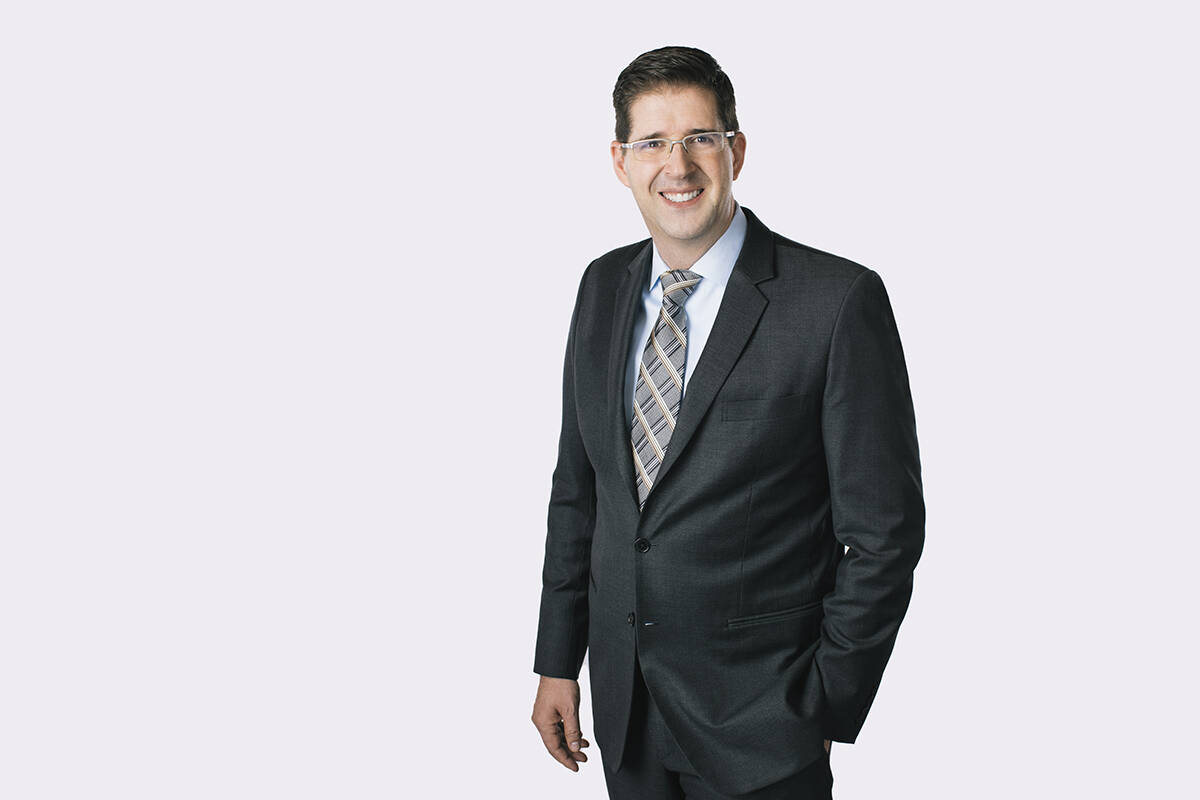The ABCs of investment accounts: Which home savings plan?

Dave Lee, Senior Wealth Advisor with Scotia Wealth Management in White Rock.
RRSPs, TFSAs and FHSAs all offer pros and cons, depending on your unique situation.
From the tried-and-true RRSP, paired with the Home Buyer’s Plan, to the new First Home Savings Account, or the Tax-Free Savings Account, prospective homeowners have decisions to make.
Here’s a quick overview of the basics (find more detailed discussion here.)
- Registered Retirement Savings Plans offer tax savings when you contribute and incur tax costs when you make withdrawals. Contribution amounts are based on employment income. Up to $35,000 can be used for a home purchase without being taxed.
- Tax-free Savings Accounts offer no tax savings on contributions, but let you enjoy tax-free growth and no taxes or penalties paid when you withdraw.
- First Home Savings Accounts let you invest up to $40,000 (lifetime contribution) and get a tax credit for doing so. You can grow your investment tax-free and you pay no tax on withdrawals, providing the funds are used to buy a home.
So, what’s best for you?
A large part of the answer comes down to your current income and how that’s expected to change in the years ahead, says Dave Lee, Senior Wealth Advisor with Scotia Wealth Management in White Rock.
“The relative tax implications of each choice changes depend on whether your income is likely to be higher or lower in the future,” Dave explains.
Consider the case of a young couple, where one partner shifts to working part-time while their children are young, resulting in lower income and a lower tax bracket. That spouse might be better off saving their RRSP contribution room for higher income years to get a larger tax break.
In this case, contributing to a FHSA might be a better fit.
Conversely, the higher-income spouse may benefit from a large tax break today and decide to contribute to their RRSP. Later, they can take advantage of Canada’s Home Buyer’s Plan to withdraw up to $35,000 from their RRSP for a downpayment, then put the funds back into their RRSP over the next 15 years without tax penalty.
Assuming they’ll have a lower income in retirement when they remove their RRSP funds, this approach can reduce their tax burden today, and in retirement, Dave explains. “The goal here is to contribute when you’re earning a lot of money and get taxed on it when you’re not.”
It’s also worth noting that spouses and individuals can take advantage of multiple savings options, mixing and matching the plans that make sense at a given time or life stage – an important opportunity given the various annual and lifetime caps, and today’s real estate prices.
Parents and grandparents who are helping with downpayments may want to get the money into the hands of an adult child/grandchild and ensure that the available planning options are optimized to ensure their gift is stretched as far as possible.
Dave Lee CIM, CFP, FCSI is a Senior Wealth Advisor with Scotia Wealth Management in White Rock. He can be reached at dave.lee@scotiawealth.com or
Enjoying these articles? Visit www.dave-lee.ca/publications to read more.
